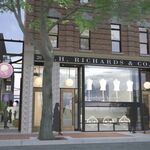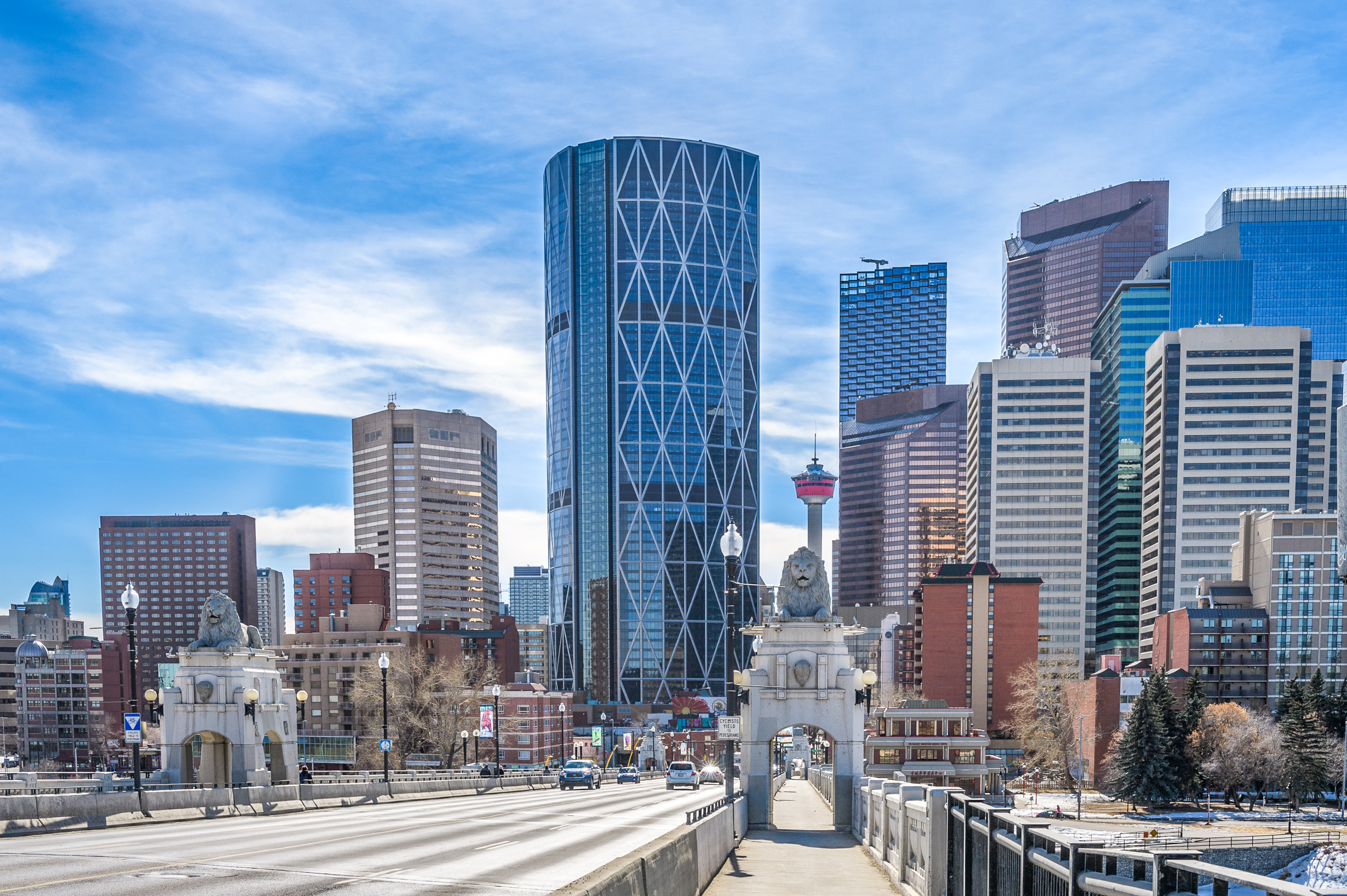^Sorry to highjack. One more post:
Just a quick Google search came up with these 35 year predictions from 2009 for both residential and office growth for Downtown. Page 25 there is a figure about Downtown office employees. I would have no reason to believe this forecast has changed much (from the conversations I've had). We haven't seen any major company announcements for Downtown except Stantec during this time, so hard to know if that's already part of this. As you can see there's very little to no forecasted growth for office workers. Right now the daytime population is about 1/3 of this number pre-pandemic.
And here I thought that I was bleak and negative...
Essentially stagnation over yet another generation, but hey, that's ok because 89% of that is pensioned public servants who aren't going nowhere.
To me, this is
the biggest most silent not-talked-about issue Edmonton faces. If you go back 20 years, then look at that forecast out 20 years from now there is virtually no growth in downtown employment. This is a massive problem for the following reasons:
1. Downtown vibrancy - more jobs downtown will result in a higher portion of people living in the downtown area, taking transit or walking to work, or biking to work, etc.
2. More jobs and more firms downtown lead to more employment opportunities for graduates from U of A, Mac, NAIT. As is, there is a brain bleed of business and engineering graduates that choose Calgary first. If you dont believe me, that in itself is a problem that I have been told directly from the career center at the U of A and other Chairs or Directors at the U of A
3. More firms and more towers result in more commercial tax revenue to the city. Why is this also important? Because it would reduce the need for
YOUR taxes to increase to cover tough times like today
4. Reducing the vacancy rate will boost valuations of buildings, which boost taxes to property owners, and will spur trickle down business (more restaurants, more meeting spots, more cafes, more eyes on the street, etc.)
When you factor in the explicit costs (more jobs, more firms, more taxes) to downtown plus the implicit costs (less brain bleed to other centers, more business growth in general, more eyes on the street, etc.) this is in my opinion
the biggest most silent not-talked-about issue Edmonton faces.
The fact that no council or mayor, no organization (ex. Edmonton Global), no government (municipal or provincial) has worked over decades to identify this as an issue then address this is in my opinion why Edmonton continues to spin its wheels with downtown development and with commercial/business growth in general.
And this is not just a sentiment I have. I have spoken to many in the business community especially many leaders downtown who have expressed similar sentiments, in one way or another.





